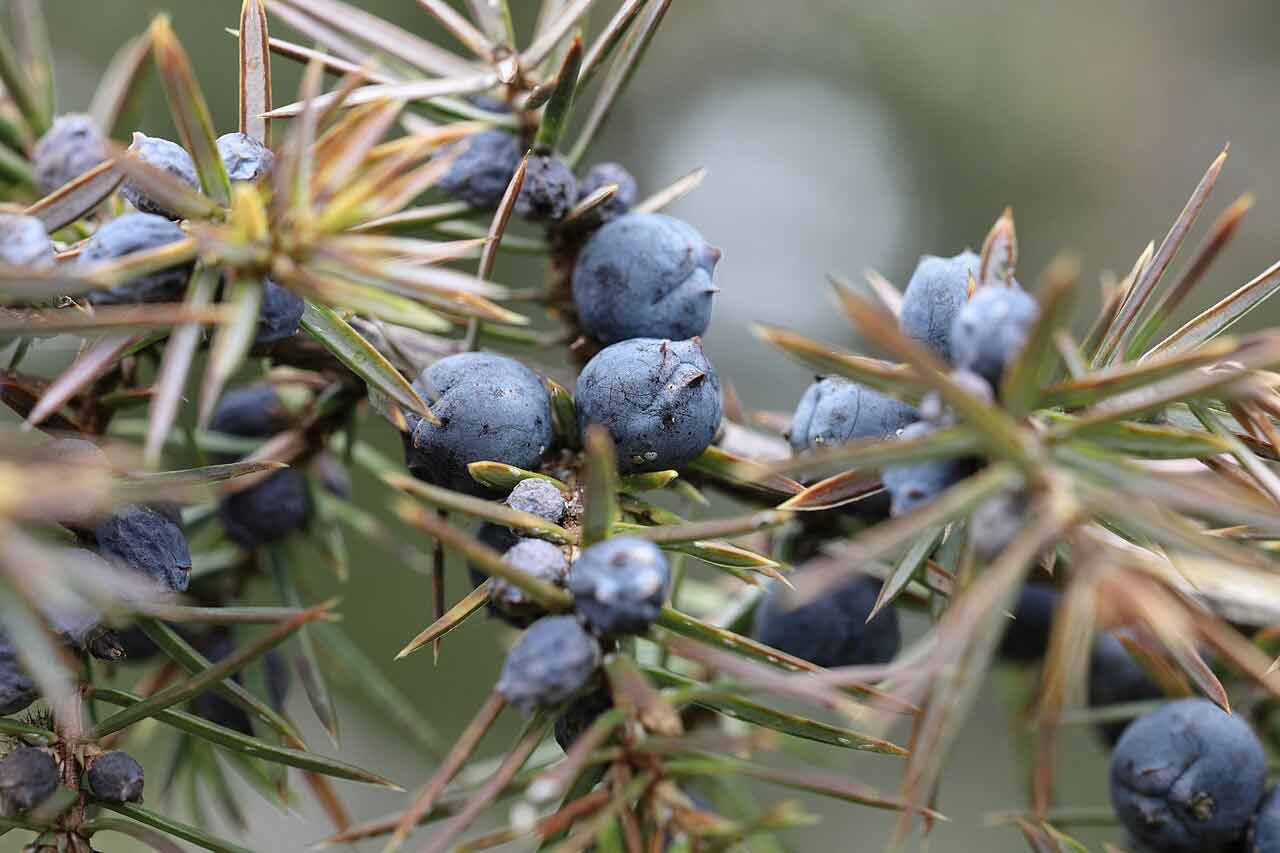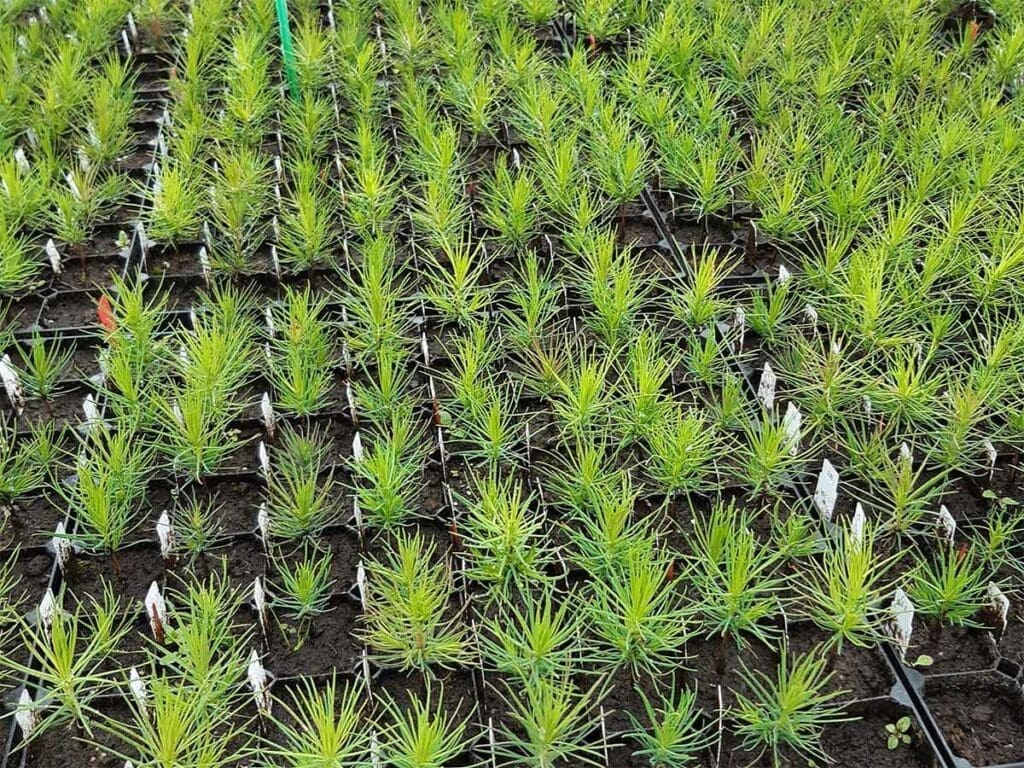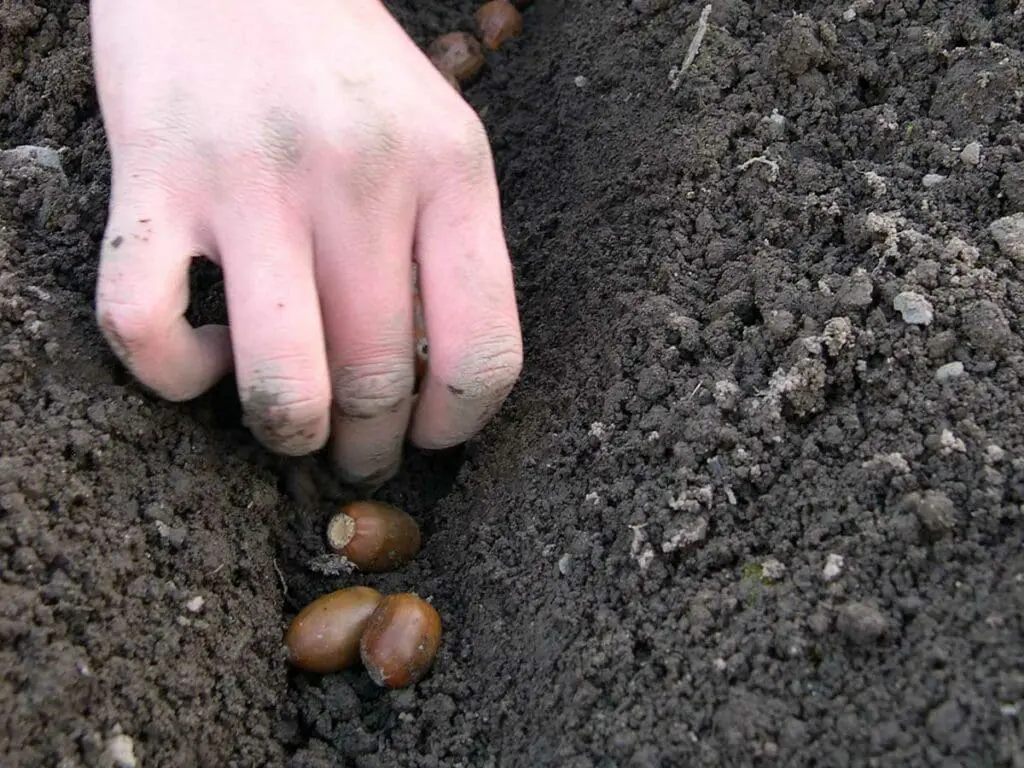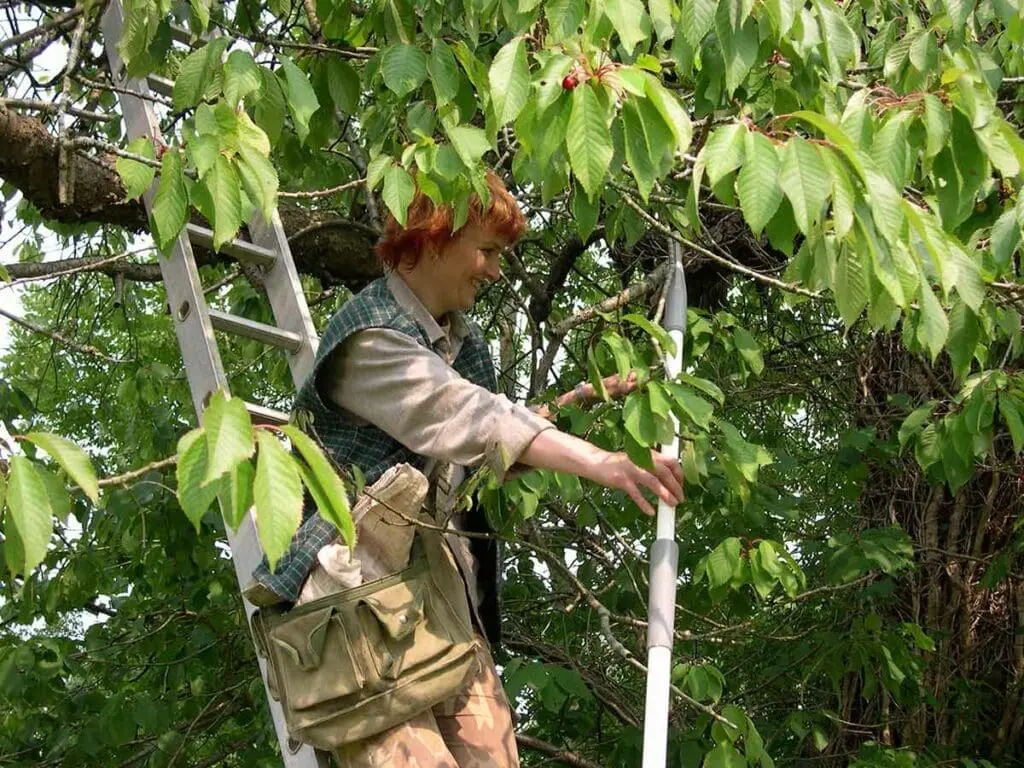- Common name: Juniper
- Scientific name: Juniperus communis
- Family: Cypress (Cupressaceae)
- How to identify Juniper
Picking
Juniper berries (which are actually cones) should be collected from about September through to December. They should be blue when ready. Try to avoid picking them when they are green. Cones are not always produced every year as they may take two seasons to ripen completely.
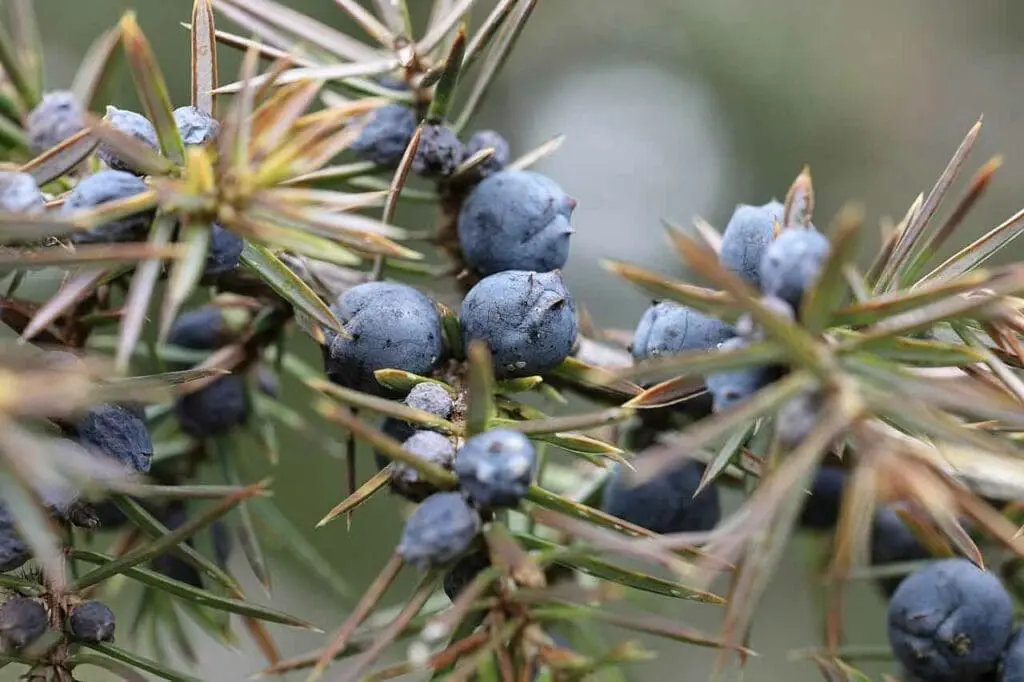
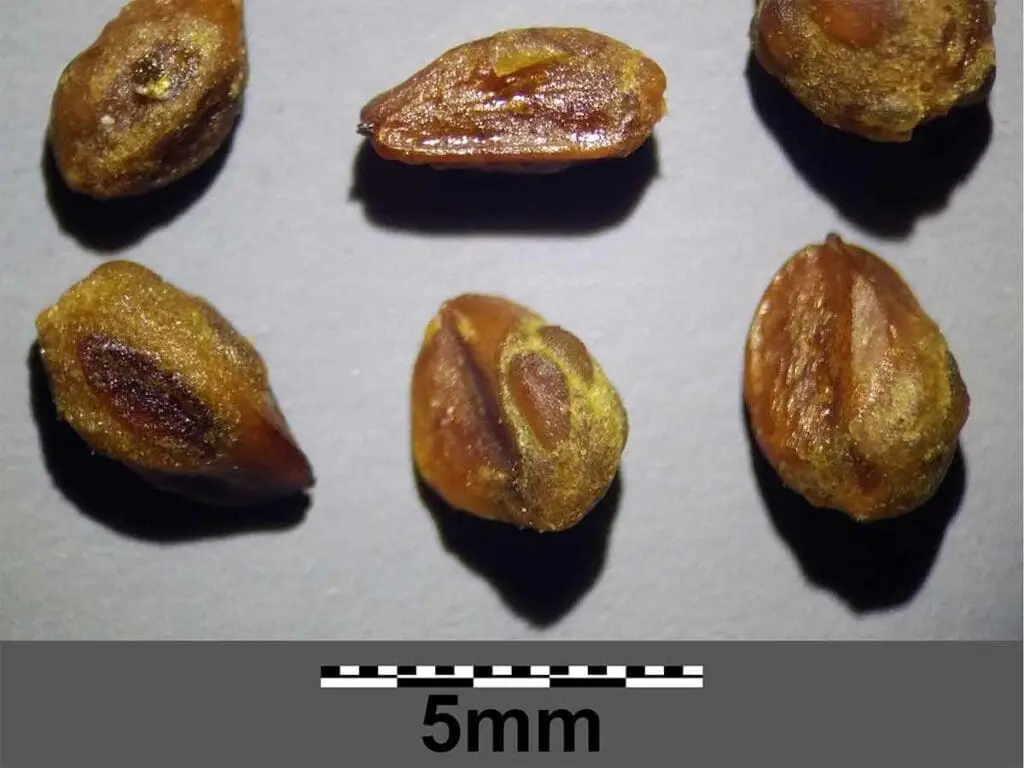
Extraction and storage
Extraction of juniper seeds from the cones, which contain between one and three seeds is difficult. The cones are very resinous and hold on to the seeds more than most fruits, so a more dramatic method is used.
Add a small number of cones and plenty of warm water (at least the same volume of cones) to a blender and run at a speed that is just enough to break up the cones – too fast and you’ll damage the seeds. Pour into a bucket, add more water (as a jet if possible) and leave to stand for a couple of minutes.
The good seed sinks and all the debris floats to the top. Pour this away as per the method for berries. Pour the good seeds back into the blender, add plenty more water and a teaspoon of detergent and run the blender again for a few minutes. Pour off the debris again and save the seed. Let it dry somewhere warm and store in paper bags.
Pretreatment
Juniper needs quite a lengthy pretreatment to help it to germinate. Seed should be soaked for two days (if it’s been stored dry) and mixed with a mixture of equal parts horticultural sand or a sand/compost mixture. Use 50% leafmould or peat-free compost and 50% horticultural sand. For each handful of seeds add two or three handfuls of mixture. Select a pot that has enough room for this seed/sand mixture (and a bit more) and put a layer of stones in the bottom. Cover the stones with sand. Place the seed/sand mixture on top of this and cover with 2-3cm sand. Label the pot and stand in a shady spot outdoors.
The pot needs to remain outside for at least six months. This is where patience is required! Water the pots if they show signs of drying out and protect from birds and mice if they discover your seeds. Check regularly after two months and sow when signs of germination appear. If nothing appears in the first spring, please be patient and wait another year!
Sowing
When the tiny roots begin to emerge, it’s time to sow. Choose a well-drained, soil-based compost and sow thinly in pots or other suitable container. Cover with a 3mm layer of horticultural grit or sand, water and leave in a cool spot. Keep moist until the leaves appear. Covering the pot with a plastic bag or sheet of glass helps keep in moisture.
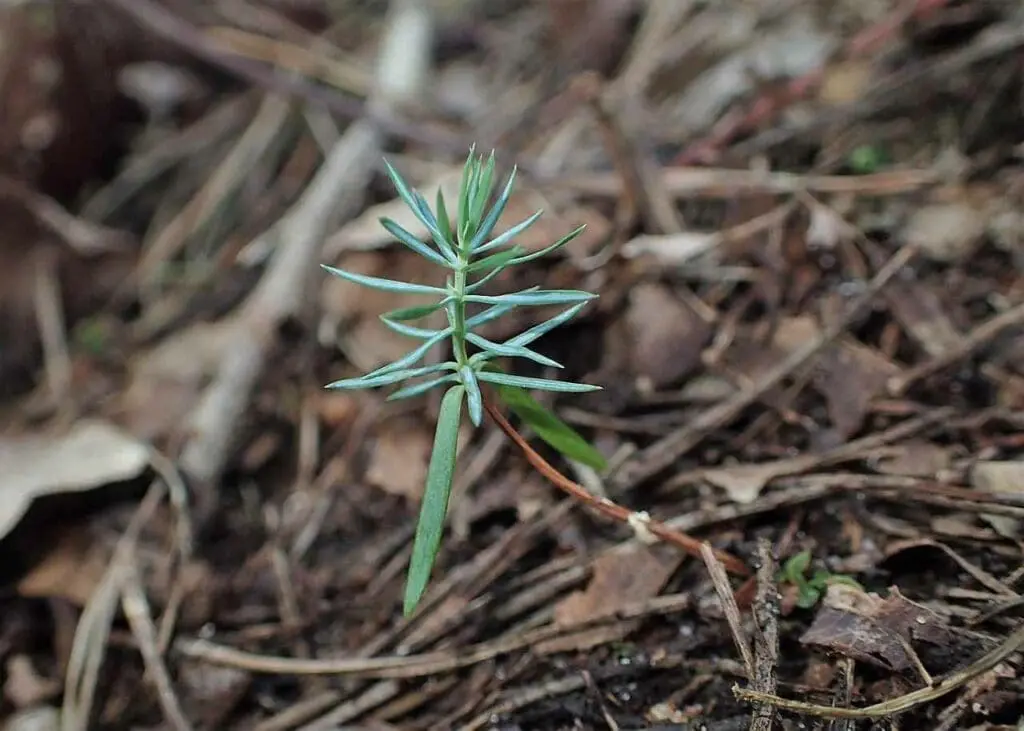
Watering
Water less regularly when the seedlings emerge, allowing the compost to dry a little in between watering.
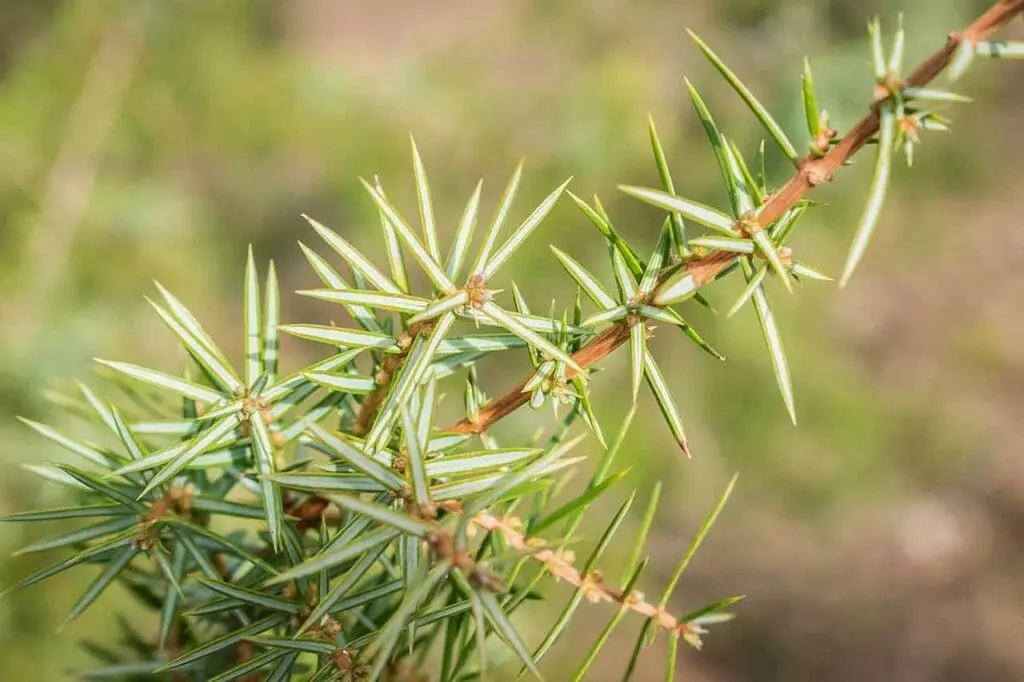
Growing
Transplant your young juniper plants when they are big enough to handle and have some proper leaves. Put them into small pots and water carefully. When the roots have filled the pots, transplant the young trees into 1- or 2-litre pots, taking care not to disturb the roots too much.
Planting
Prepare the site well by clearing away any weeds or grass and make a hole big enough to accommodate the root ball. Carefully ease the plant out of the pot (tapping gently if needed) and place carefully in the hole. Make sure the stem it at the same depth as it was in the pot, and firm back the soil.

